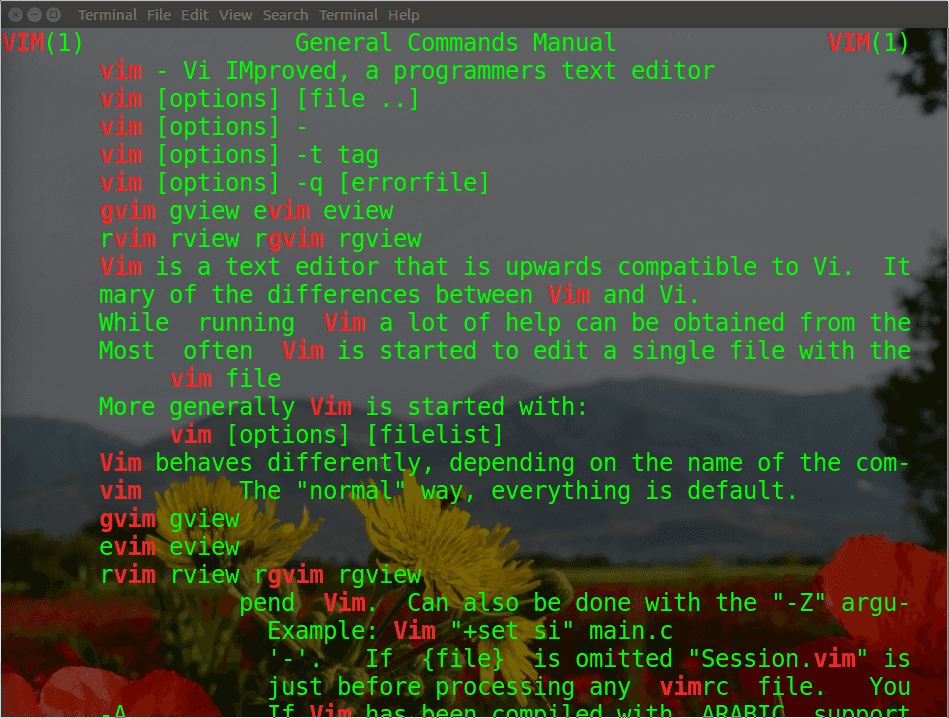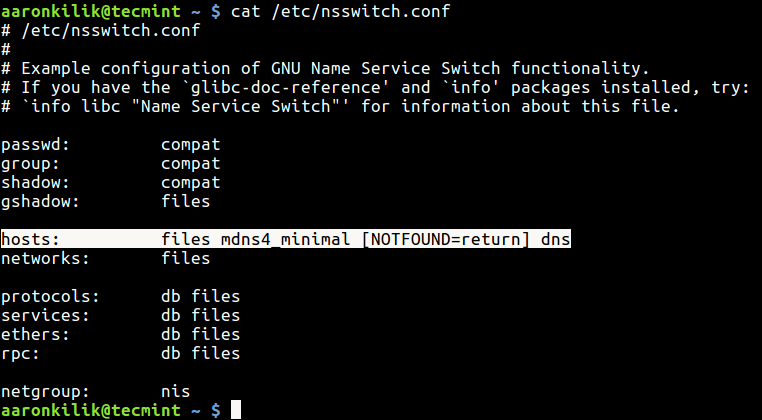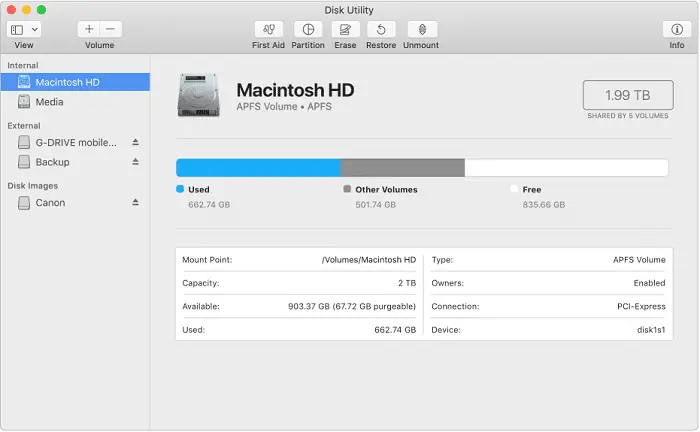

We use something called Angry IP Scanner ( ), this runs on Linux, MacOS X or Windows and lets you scan your entire local network to find devices- including any Pi's you might be running. Most home networks will have about 254 possible combinations of IP address, so looking at them all is an easy task for a computer. You can also find your Raspberry Pi by doing what's known as an "IP Scan" across your whole network. Finding your Raspberry Pi's IP Address - from your laptop/desktop computer!

It may also mean you need to set up your WiFi connection, or that there's something wrong with your network cable connection.

This means you've not got a connection on that device and should try the other one. Or you can use the shorthand if you're comfortable scanning for the IP address: ifconfig wlan0 If you have difficulty finding it, you can try: ifconfig eth0 | grep inet | awk '' The bit we're looking for is the group of numbers immediately following "inet addr". The result of this command should be a glut of text and numbers, most of which we can ignore. If you're using your Pi with a network cable, you should type: ifconfig eth0 Finding your Raspberry Pi's IP address - if you're using a network cable This will normally contain a prompt like ~ $" and it's immediately after this that you should type the below commands. You can do this by double-clicking the LXTerminal icon which should be near the bottom-left corner of your screen.Ī black window should pop up with a green and blue prompt in it. If you're looking at your desktop, the first thing you'll need to do is get to a commmand prompt. Most likely you're sitting in front of your Pi connected to a monitor, and looking at the graphical desktop, or perhaps just a blank screen with text known as the Command Prompt. Its IP address is like a postal address, and allows you to find your Pi on your local network. This should give you a nice output of all IP addresses for hosts found to be online. To grep for IP address of hosts that are up, run grep Up nmapped.txt | cut -d" " -f2


 0 kommentar(er)
0 kommentar(er)
